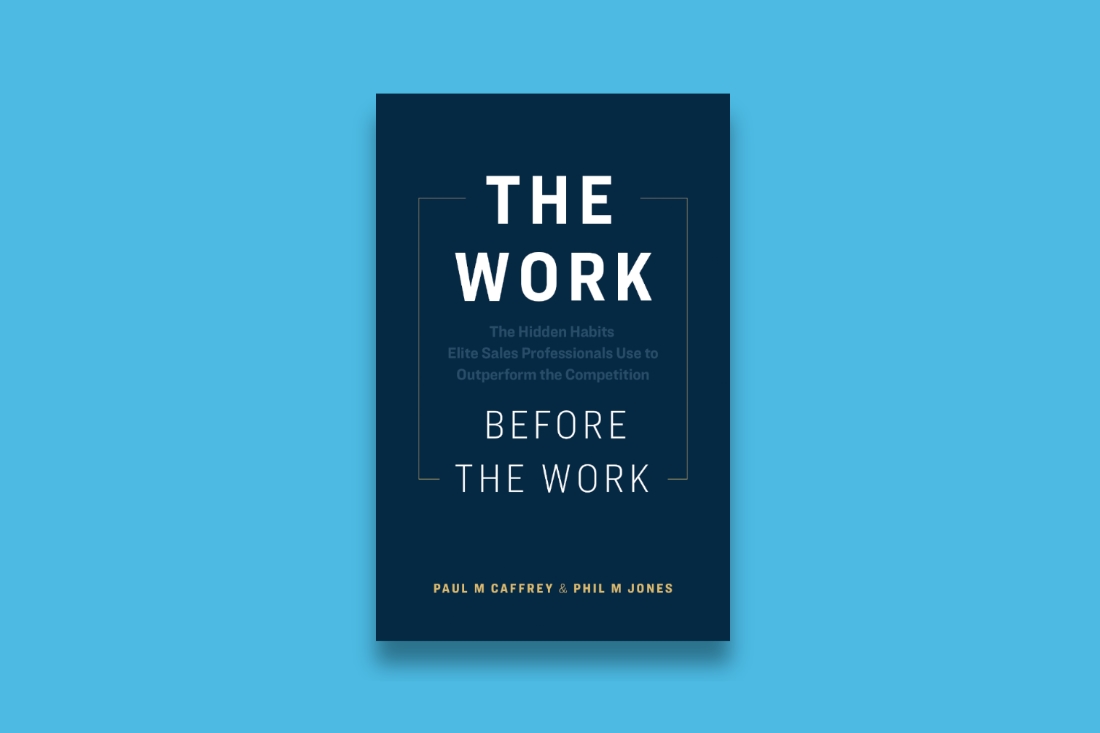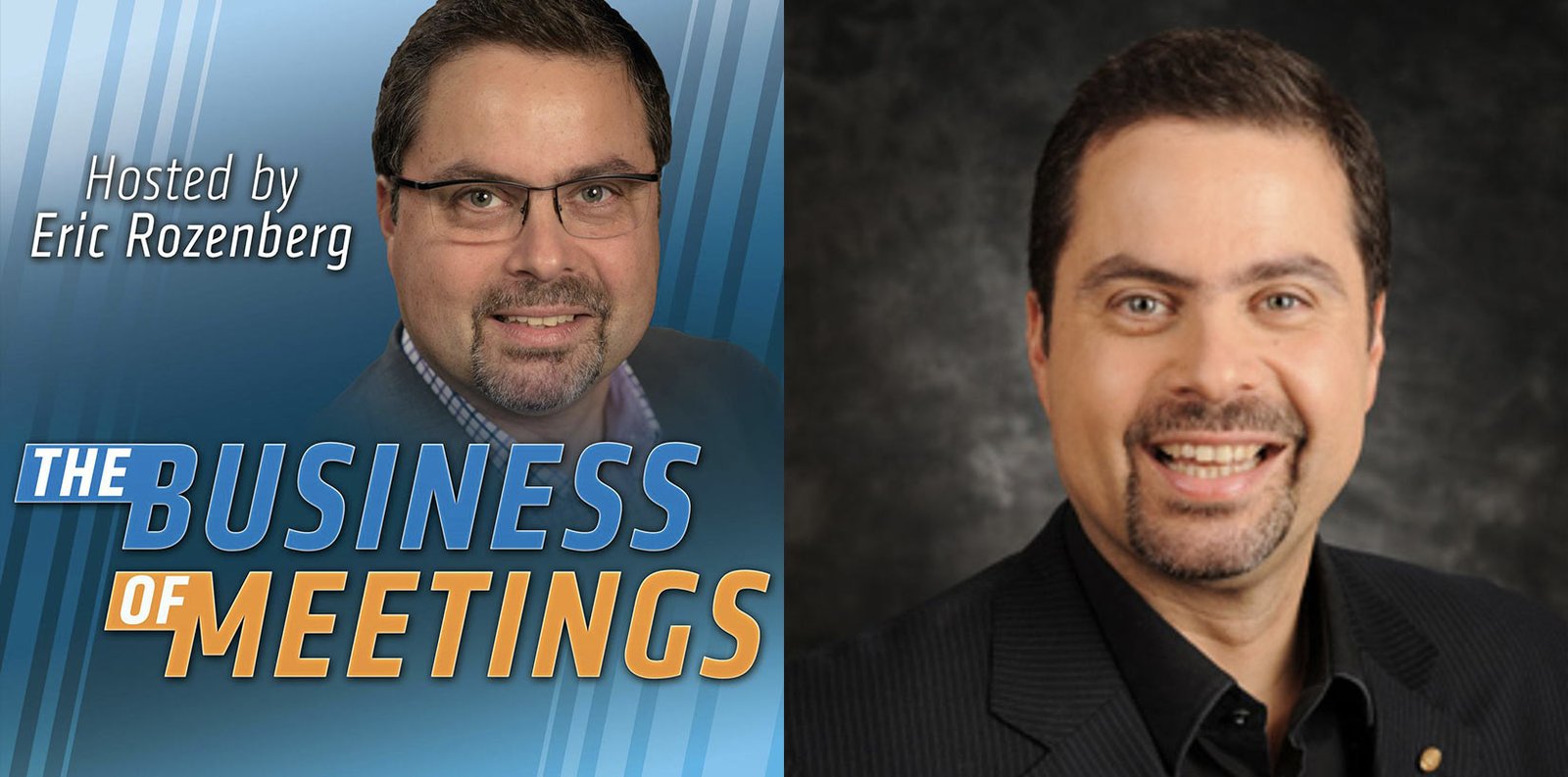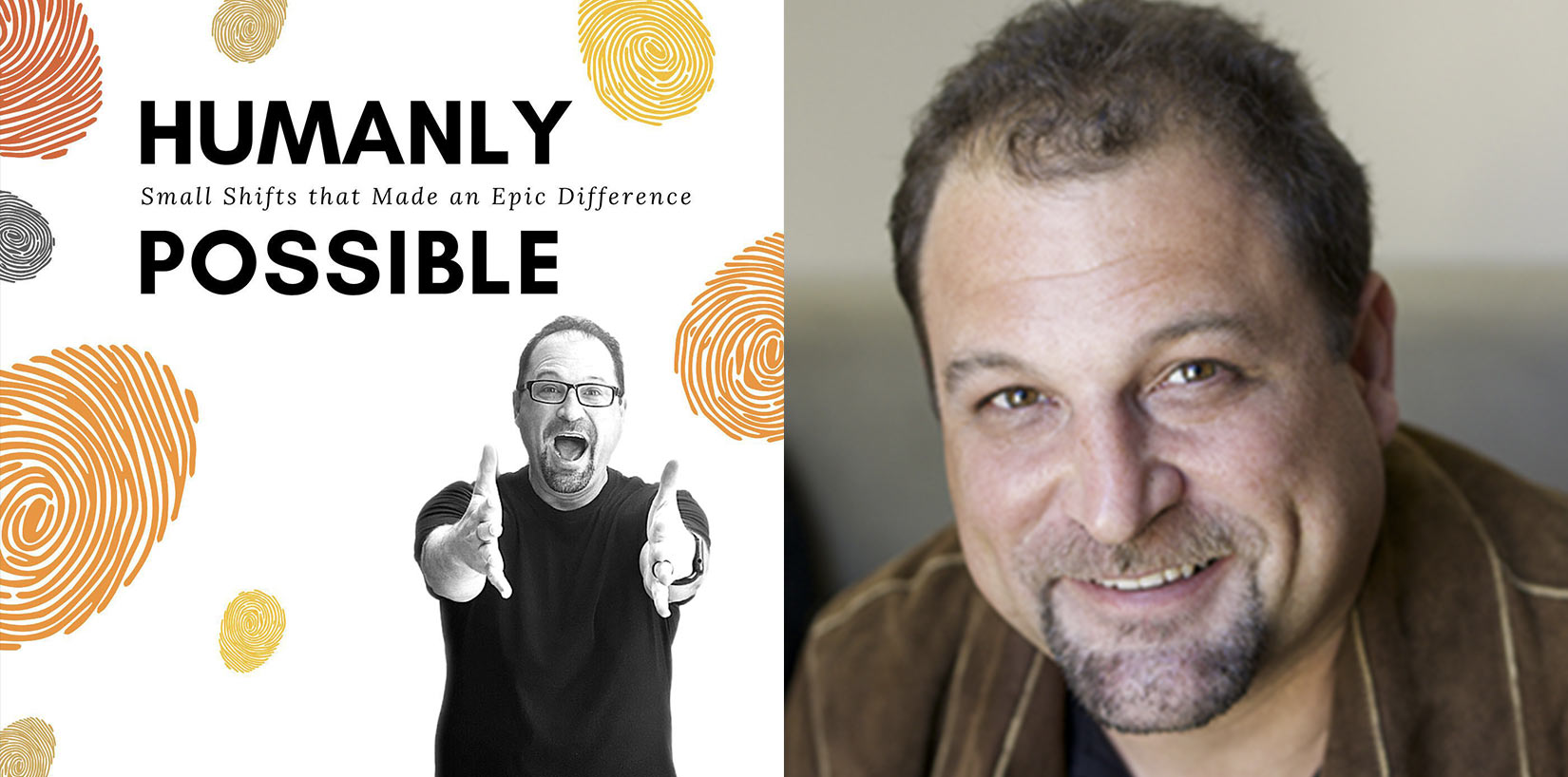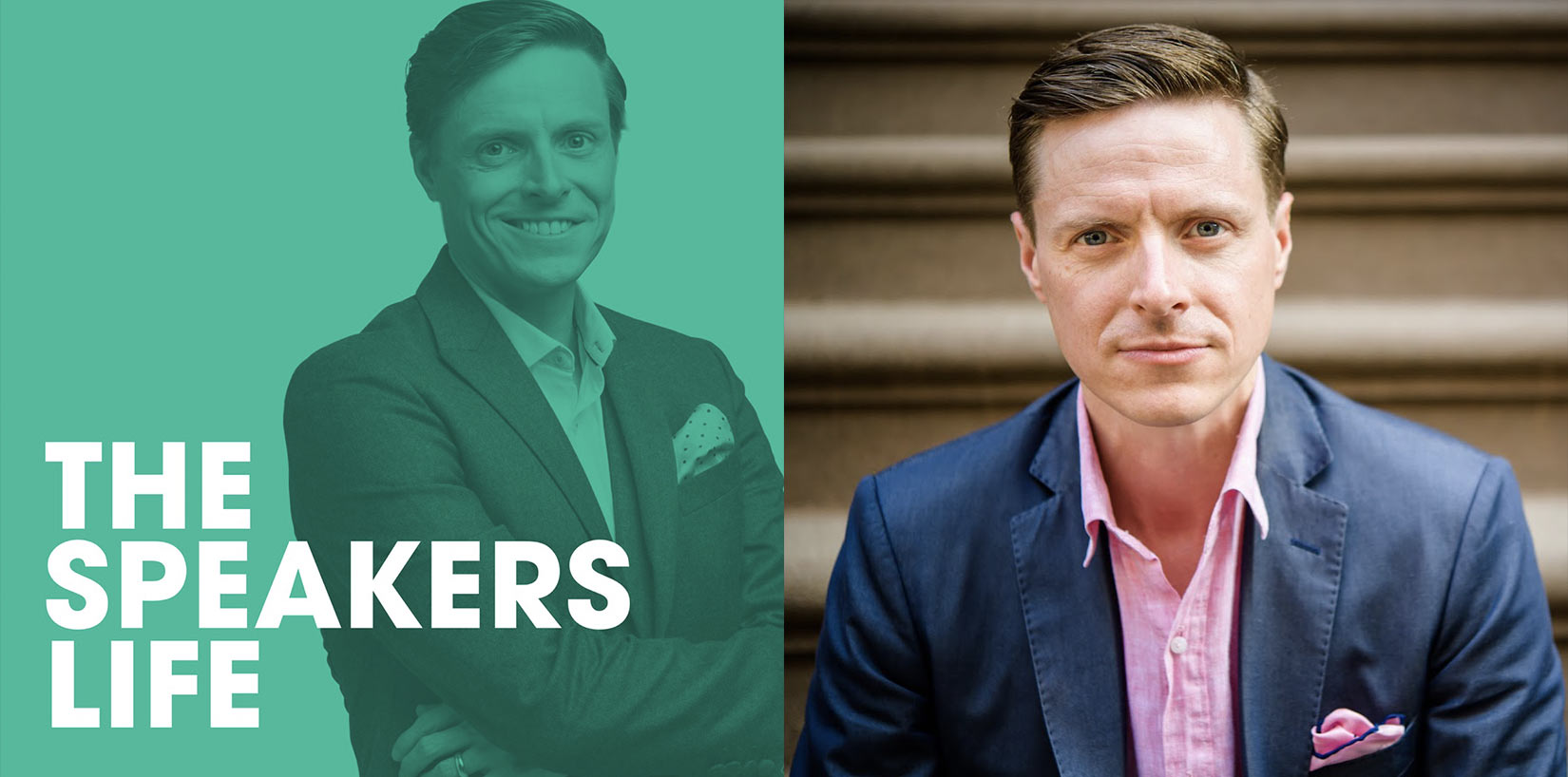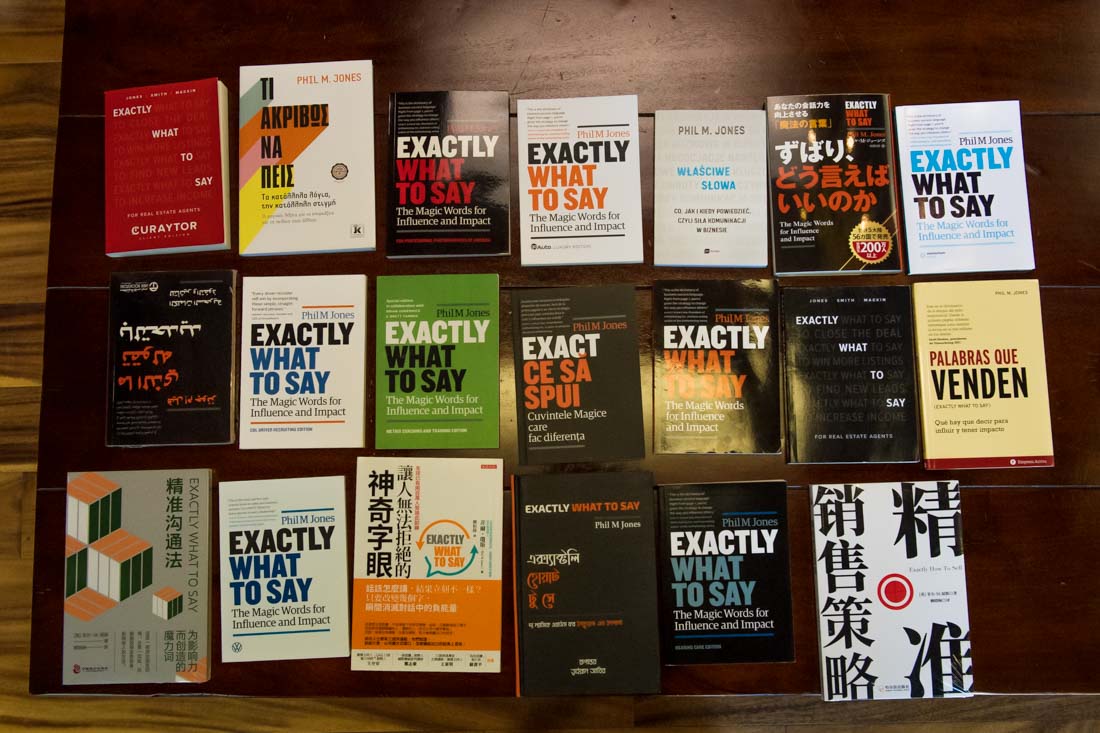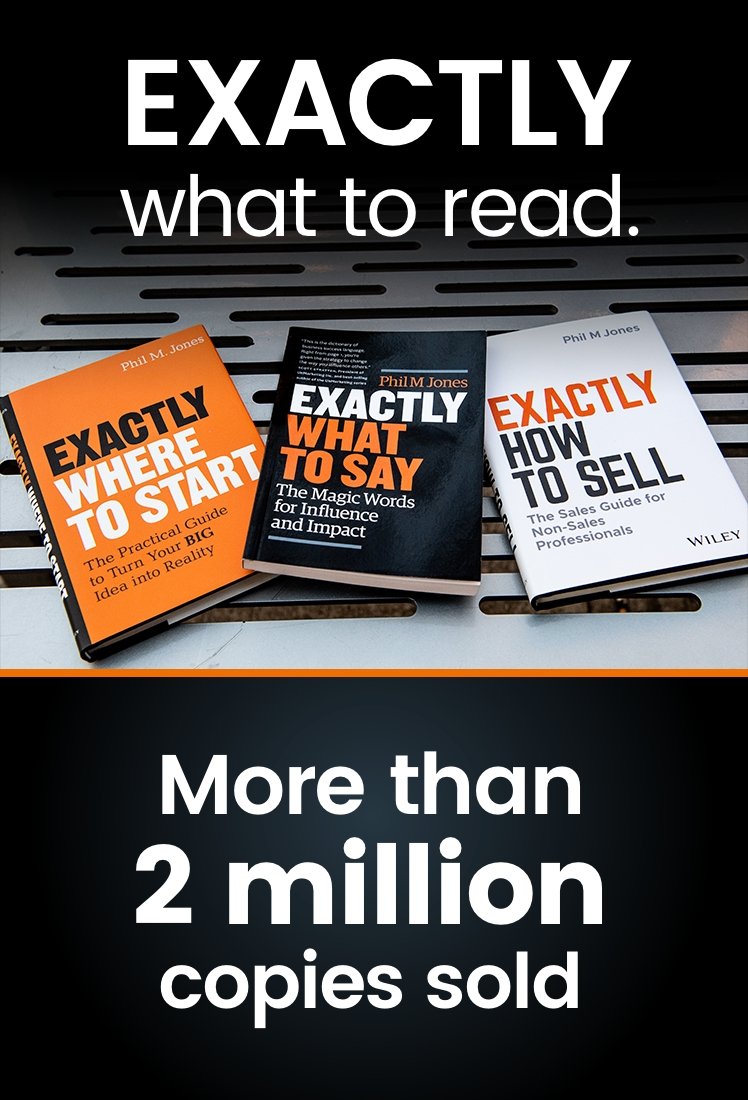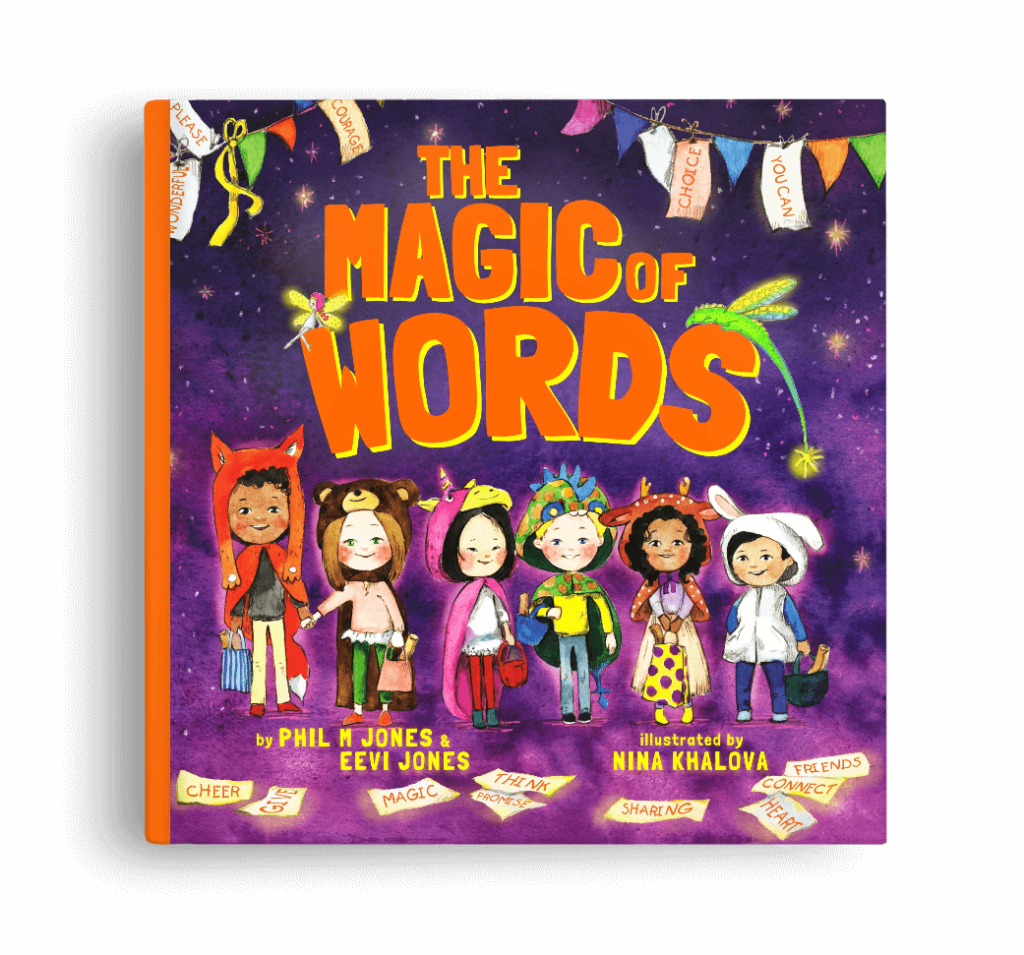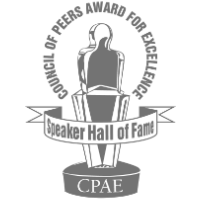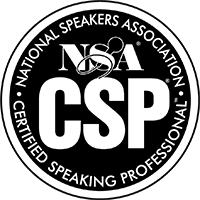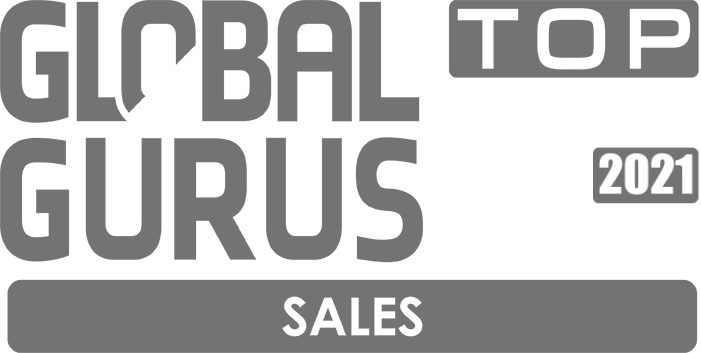Often referred to as the pitch, the presentation part of the sales process is the piecing question; the part where we wrap up the decision that we’re looking for the other person to make in as neat a package as possible and then ask them to make that big decision.
Many aren’t comfortable with that word ‘pitch’. To me, it grates a little. We’re all professional at what we do, so what we’re looking to do is to present the outcome that we’re looking for, not pitch it.
Before I explain what should go into a presentation that gets you the results that you’re looking for, let’s just understand where we should be positioning this within our sales process.
A sales presentation should largely be one-way traffic. You should already know that your outcome is right for the customer; we would have prepared to understand the prospect, built rapport and trust, and asked some questions. This qualifies that what we’re about to present to them is going to fit their needs and be a fitting solution to their challenge, so they can end up saying the words ‘thank you’ to you at the end of your presentation.
Having got all of that work out the way, you should be pretty confident about the fact that your presentation is going to lead towards a ‘yes!’. It means you’re in complete control and can deliver a sales presentation purely as one-way traffic, with little to no interruptions, that allows you to get through all of the information you choose.
We’re looking for people to make a decision and say ‘yes’. Enthusiasm itself is a catalyst to a decision, so if you’re looking for people to say ‘yes’ and feel excited about it; you’ve got to be excited about it too. You got to be enthusiastic in your delivery of the solution, and if enthusiasm itself is a key catalyst to decision, we surely must get enthusiastic about the outcome that we’re looking for.
The presentation is largely you – not a PowerPoint or a beautiful brochure or a product sample. We are the presentation. Those things are just supporting our presentation. It’s how you convey, because there are people out there right now getting better results than you are. The only difference is what they say and how they say it. Your presentation is a key part of that. Every great sales presentation, whether it’s a 60-second elevator pitch or a two-day tendering process, should follow a structure that’s delivered on purpose.
We need to understand what the purpose is. Before leading into a presentation, decide what you want people to do as a result of listening to your presentation. Are you looking for them to say yes and sign a contract? Are you looking for them to hand over a check or hand you the money or give you their card details? Are you simply looking to get into the next stage in the process or are you looking for some information? Until you know the answer to that question, you cannot build a winning sales presentation.
There are three stages that need to go into making a show-stopper presentation:
THE BEGINNING
There are two components that need to go in to the beginning.
1. A scene setter. An opening statement that tells them why you’re there. It might be something as simple as “the reason that we’re here today is to look at how XYZ service can help improve the efficiency of your business.” Very quickly, we’re demonstrating to people the reason that we’re in that meeting, is that we’d like them to make a decision that would lead towards a product or service being
purchased from us. We’ve got to make that crystal clear from the very beginning. In reading their body language and the way they react to that statement, you realise how much work is left to do. If they nod and smile back at you, they’ve accepted the fact that’s exactly the purpose of the meeting and they’re comfortable. If, however, they sit uncomfortably and maybe suggest the fact that they were just looking for information or are not even in the position to buy today, you again know how much more work you’ve got to do.
2. An agenda. Now in some circumstances, this could be a written formalized agenda that tells people the agenda is items that you’re going to leave for them, but more often than not, it is not more than you telling them what you’re going to tell them. So, it could be quite simply “what I’m going to do today is explain a little bit about me and my company, a bit about our background and where we come from. I’m going to share with you a number of our products and services but in
particular what I love to do today is to focus on XYZ product and how that could help you. Now towards the end I’ll leave some time for any questions and before we leave today I’ll be looking for a decision from you about what you want to do next.” You see if I leave an agenda of that basis, all I’ve got to do is to follow those tracks that I laid down. But in telling people there’s going to be decision to be asked for at the end, I’ve pre-warned them, which means that I have to follow those tracks, and it makes it a lot easier for me to ask for the decision at the end of the presentation by seeking it at the start.
THE MIDDLE
The middle is important because this is where we need to give people enough information to make a buying decision, and there are three key components that need to go in the middle of every presentation.
1. History and credibility – this is both you and your company. What we’re looking to do is to distinguish you from your competitors. Here’s your chance. This is how long you’ve been doing what you do and the types of people that you’ve worked with in the past. Things that bring instant credibility are namedrops, but be careful, don’t just drop the name of your biggest and best clients if you’re speaking to somebody who’s far smaller than those people, because they will be thinking “well if you work with big companies like that, you’re too big for me. I don’t want to be your worst customer.” Similarly don’t just deal with the small people.
Consider how ‘from’ and ‘to’ could help you in that statement. See, in my business I work with everybody from a small independent plumbing business, turning over around £40,000 up to some large UK multinational businesses like DHL and that allows you to understand that if I can help businesses between those categories, if you’re somewhere between the two, I may well have a solution that can help. What’s your ‘from’ and ‘to’ that you can indicate to people, that you got an inclusive offering and that can still help build credibility in the proposition that you provide?
We can also build credibility with inclusive statements made in the third person. Sometimes we find it difficult to blow our own trumpet. If we make statements about what other people say about us, we can bring huge credibility towards us without sounding overbearing. For example “many of our customers describe us as…” “just last week one of my customers said…”. If you look at our recommendations on LinkedIn, you’ll see what a number of people have said about our work and by making third-party endorsements in your history and credibility statements, it adds value, it adds substance and it can be delivered effortlessly without sounding like you’re arrogant.
2. Share the range of products and services that you offer. Have you ever had a customer come back to you, and despite you being able to offer that product or service, they’re buying it from somebody else? That surely has to be your responsibility to share everything you have to offer, and okay it might be in your brochure, or on your website, but here’s a chance to tell people. This is no more than a shopping list of products and services – not a detailed description of everything you have. So again, let’s resort to a ‘from’ and ‘to’ so people can have an understanding or picture of everything that’s in the shop. This is sowing seeds, planting ideas with people that if they have the need for one of those additional services, they’ve been made aware that they can get it from you too.
3. Wrap up just the one thing that you’re looking for them to make a decision over today and dress it up in how it could be beneficial to them.
People can only make a decision one at a time. You have to sell the key item before you can sell any of the extras, so give them all the information they need to know about that one thing. This is the information they need both in terms of its features, but also what it means to them and how that can help them in their circumstances using words like “because of the fact that you said” and then insert their words back in and then what that means to them in terms of how your solution could help their circumstance.
There’ll be parts of the middle where they stop listening and you might be thinking “but why would somebody stop listening to me in the middle of the most important of my presentation?” You might even be thinking it’s because they’re not interested. The reality of it is it’s probably quite the opposite. They started to go off to a happy place and started to think about the implications or the implementation of the ideas that you’re looking for them to employ. Because of the fact that they’ve gone off to that happy place and they stopped listening, when you come back around to capture their attention, they’re wondering what have they missed. Because they’re wondering what they’ve missed, they don’t feel like they have all the information they need and therefore they can’t be asked for a decision, which is why we need a strong ending…
THE END
Give them a summary. All that the summary consists of is telling them what we’ve told them. As you recap the fact that you’ve shared your history and your credibility, you’ve shared the range of products and services that you offer and you’ve talked to them in detail about the one thing that’s right for them and why you think that’s the case. Mentally they start to tick that off, having received all the information they need; because they then believe that they got all the information they need to make a buying decision, you can therefore do what you said you’re going to do in the beginning and ask them for that decision. Then close by leading them towards the outcome that we’ve predetermined in the start, by asking them if that’s what they want to do.
Employ that structure to every sales presentation, be it a short 60-second elevator pitch or a two-day tendering process and you’ll watch your results go through the roof!




